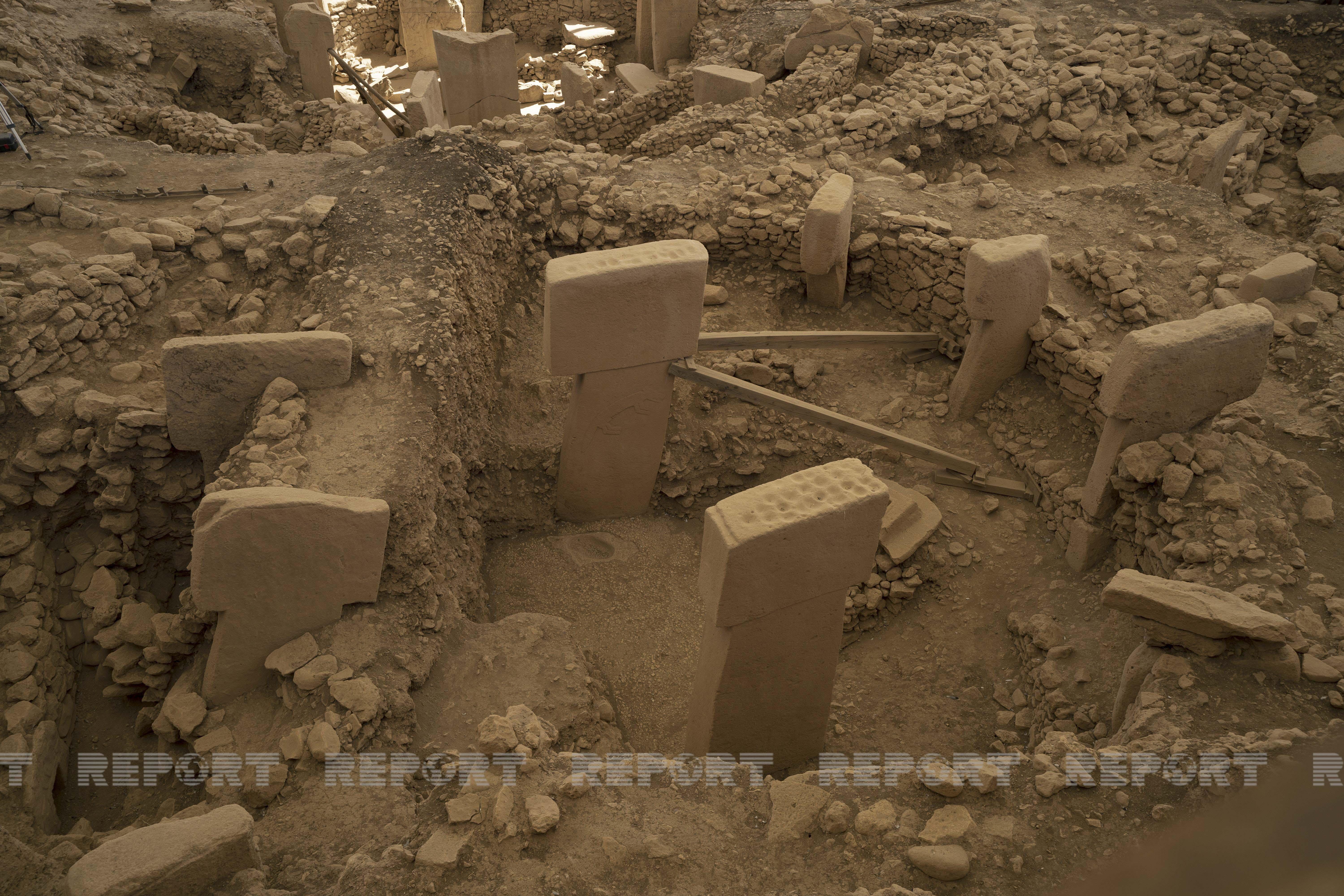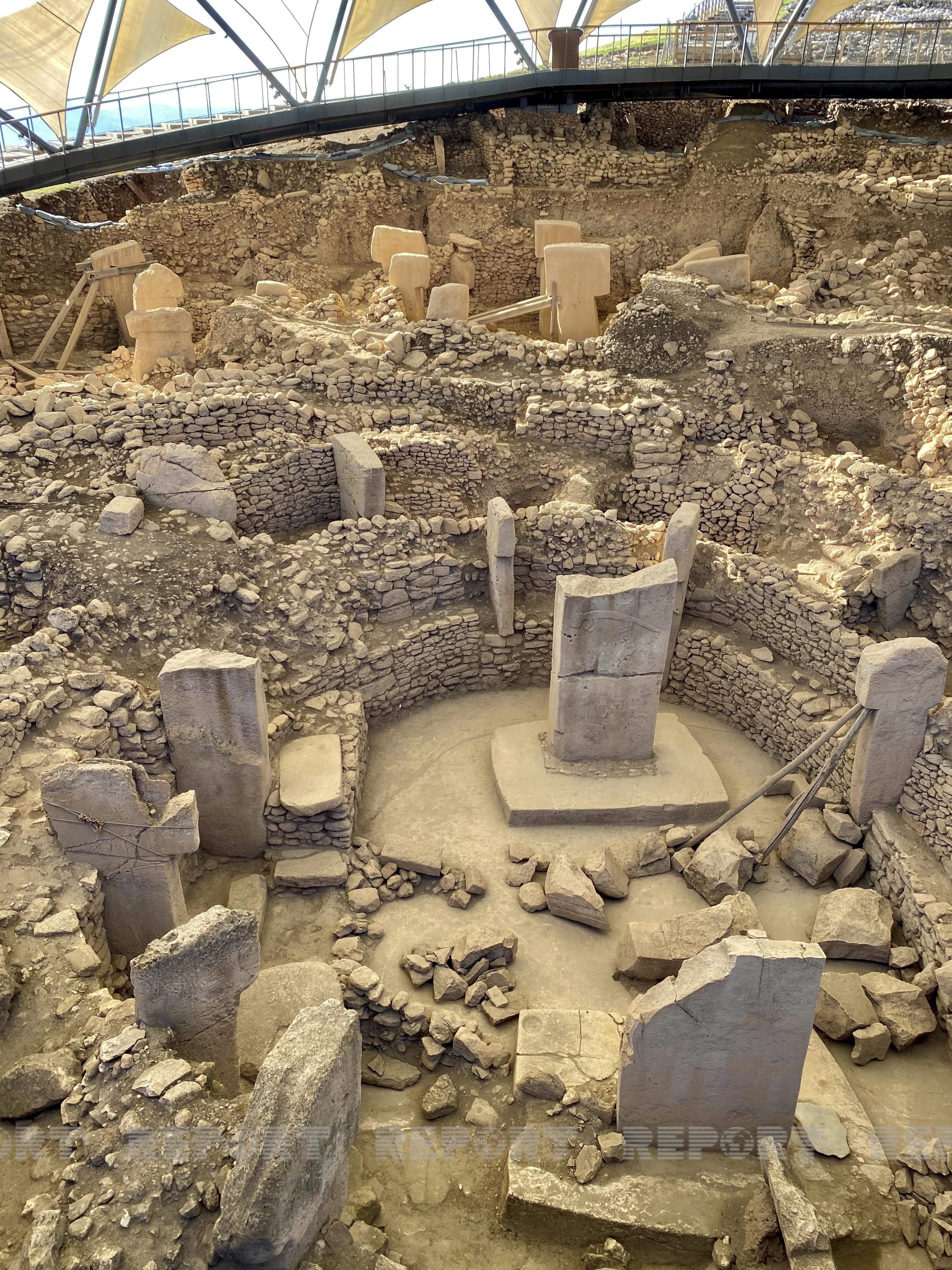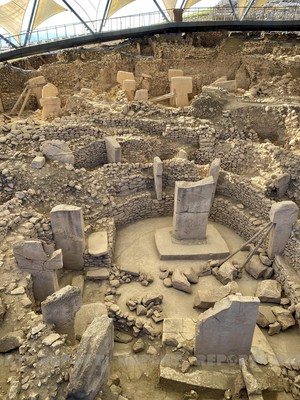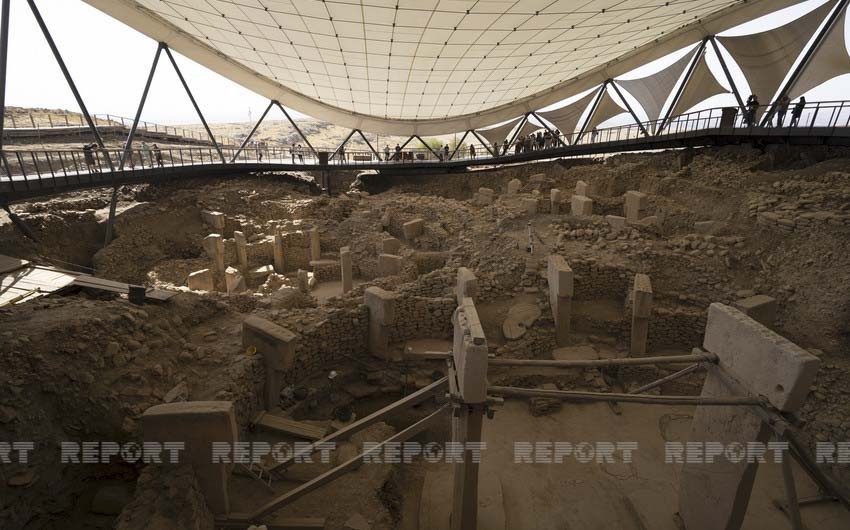Gobekli Tepe - the oldest fortified temple complex in the world, located in the southeast of Turkey, 15 km northeast of Sanliurfa. This area is considered one of the most important discoveries in the world. The history of civilization has changed thanks to its discovery. The world's eye is on this place right now since its history is older than the history of the Egyptian pyramids. Moreover, Gobekli Tepe surpassed other historical monuments with its quirk. In this article, we will try to look at the subtleties of the complex.

History
Gobekli Tepe is 7,500 years older than the Egyptian pyramids. The area was discovered by archaeologists from Istanbul and Chicago in 1963 and inscribed on the UNESCO World Heritage List in 2011.
According to a 2003 geomagnetic survey, the temple is 12,000 years old. It was purposely buried in the BC VIII millennium and for many years remained under the ground at the height of 15 m and a diameter of 300 m. The discovery marked a turning point in the perception of the early Neolithic period in the Middle East and Eurasia in general.
Interesting facts
Although the site was discovered in 1963, excavations first began in 1995 under the direction of Klaus Schmidt, a professor at the German Institute of Archeology, and revealed a "hidden treasure" that had been hidden underground for nearly 10,000 years. During the excavations, "T" -shaped upright stones of the Neolithic period with wild animal figures were found. These columns are thought to be human symbols. The weight of the stone columns varies from 40 to 60 tons. It's still a mystery to this day how large columns and heavy stones were transported to the area, even when primitive stone tools were used. In the diggings, various historical artifacts were revealed, such as the remains of an ancient temple with a diameter of 8-30 meters and a human statue, which is said to belong to about 12,000 years ago. Besides, the animal descriptions carved on the stone columns are also interesting. These animal paintings are symbols of different tribes visiting the temple. There are figures of wild boar, fox, tiger, bull, scorpion, snake, as well as birds on the statues.

It is believed that in ancient times people performed special religious rituals here. The animal figures drawn on the stones are aggressive. They seem to be attacking foreigners who come here and want to enter. The faces of the human-shaped rocks are painted in the appearance of animals. It is as if these stones reflect thoughts. Paintings, symbols, human and animal figures show that people were aesthetically, artistically, and highly conscious at that time. On the stones erected at the height of 5 meters, there are huge monoliths with indeterminate human figures and animal figures. In addition, it was revealed that there are 20 more circular structures. However, the area has not yet been fully explored.
Excavations will continue
Archaeological diggings seen in Gobekli Tepe in 2018 have updated historical data. Another 12 excavations will be carried out as part of the Sanliurfa Neolithic Age Research Project. So far, archeological excavations of ancient settlements have been discovered as part of the project. At present, archeological excavations are underway in 7 areas of Sanliurfa. In the project's first phase, which covers 2021-2024, the work will be carried out in 5 more locations. Thus, Gobekli Tepe will continue to refresh the pages of history, and the archeological excavations discovered here will reveal a new approach for the coming years. This will introduce Turkey as a different place in the world.






 https://static.report.az/photo/3ad4cccc-29e9-3a47-bb8c-42961d176f97.jpg
https://static.report.az/photo/3ad4cccc-29e9-3a47-bb8c-42961d176f97.jpg

